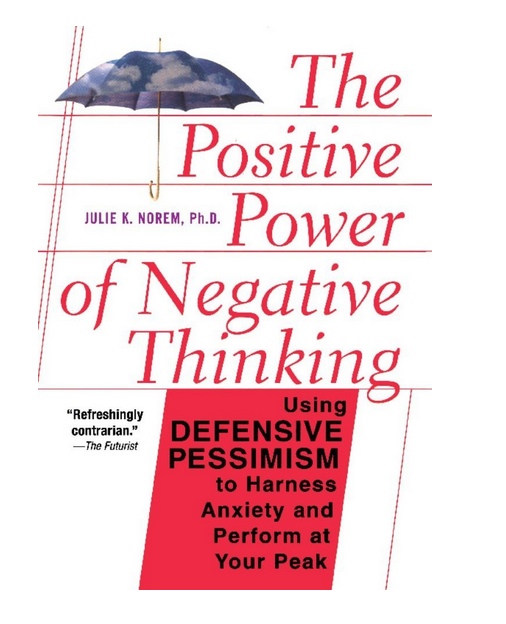I’m a big fan of scenario planning. In a nutshell you ask yourself to consider a range of possible futures. Not predictions, just examples of different future worlds. e.g. In thinking about your business for next year you might build a view of the world called Scenario 1 with a set of economic indicators, a set of assumptions about your competitors and a set of assumptions about your sales volume. Then you build a different scenario 2,3, and 4. You then test the readiness of your business to handle any of the scenarios.
I train my clients’ sales teams this technique with respect to hitting sales targets for the quarter. I call it road map thinking. Once established the question then becomes which specific deals am I taking to the bank? And what’s my Plan B, my Plan C, and my Plan D! Great sales professionals achieve consistent results by having an options strategy. They have established at least 5 ways to get to their $400k, $500k, $1m or whatever their quarterly target is. Roadmap thinking forces sales professionals to consider what could go wrong. Why won’t a deal close and if it doesn’t what’s my back up plan?
This pessimistic strategy has actually been proven to work and is supported by research! Daniel Pink touched on it in his latest book, To Sell is Human. In it he highlights the work of Wellesley College’s Julie Norem and the concept of “defensive pessimism”. As Daniel explains “ Her work has shown that thinking through gloom-and-doom scenarios and mentally preparing for the very worst that can occur helps some people effectively manage their anxieties.”
I’ve just read Julie’s book, The Positive Power of Negative Thinking and she has done a lot of research over many years to understand why this works.
Here is an extract from the book that beautifully illustrates her train of thought: “I began to understand that their pessimism wasn’t just pessimism; it was something more. Defensive pessimism encompassed an entire process by which negative thinking transformed anxiety into action. Since then, I have been gathering information about these people to demonstrate how defensive pessimism works as an adaptive strategy when we’re anxious. I have run laboratory experiments that allowed me to take apart and tinker with people’s strategies to figure out which parts do what and conducted more naturalistic field studies that measured the influence of strategies in real-life situations. I have interviewed dozens of people—both defensive pessimists and those who use other strategies—whose life stories add richness, depth, and complexity to the numbers generated by other research.”
I would highlight just a few points she brings out in her book that might help you consider the power of negative thinking:
- It may not work for you and needs to be tried by each person to examine the results.
- People who deploy defensive pessimism don’t use it in every situation. In parts of life regarding say family matters, or sport or charity interests, the person may deploy optimistic strategies. Let’s face it following most sport teams is an act of hope over experience.
- The benefit of negative thinking in defensive pessimism comes from using it before the event actually takes place. Working through solutions using the “what if” technique. It’s very important to list the “how to” fix the problem inherent in your “what ifs” otherwise you just increase the stress levels and fail to realize the benefits of the negativity.
- Although negative thinking is the opposite of optimistic thinking it is paradoxically consistent with the aims of positive psychology, which include understanding how people can realize their full potential. Indeed, negative thinking is positive psychology when it helps, as defensive pessimism does, people achieve their goals. (Italics taken from Julie’s book)
Like the way we think? You’ll love the way we work. We get results even when we go negative!








